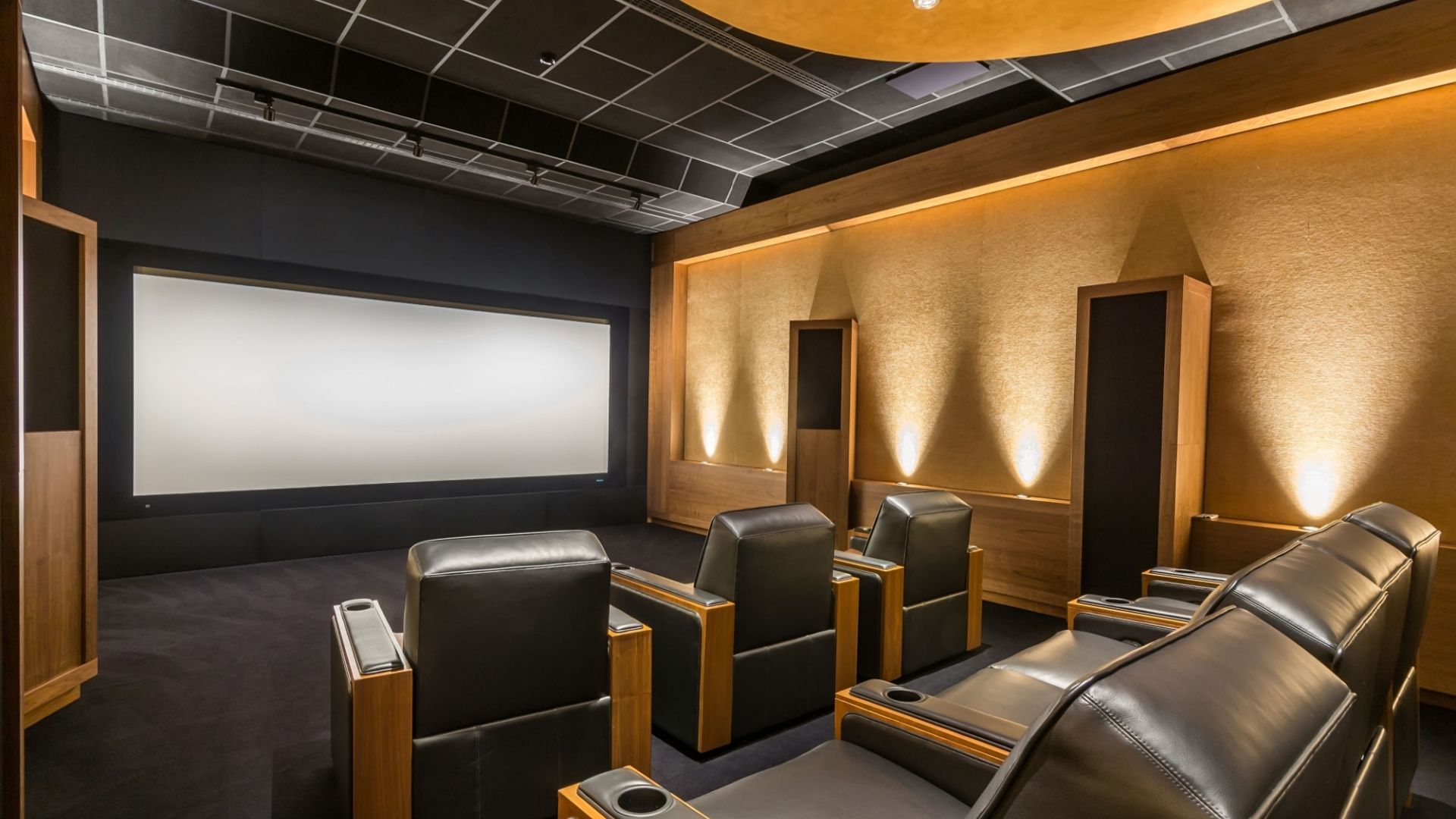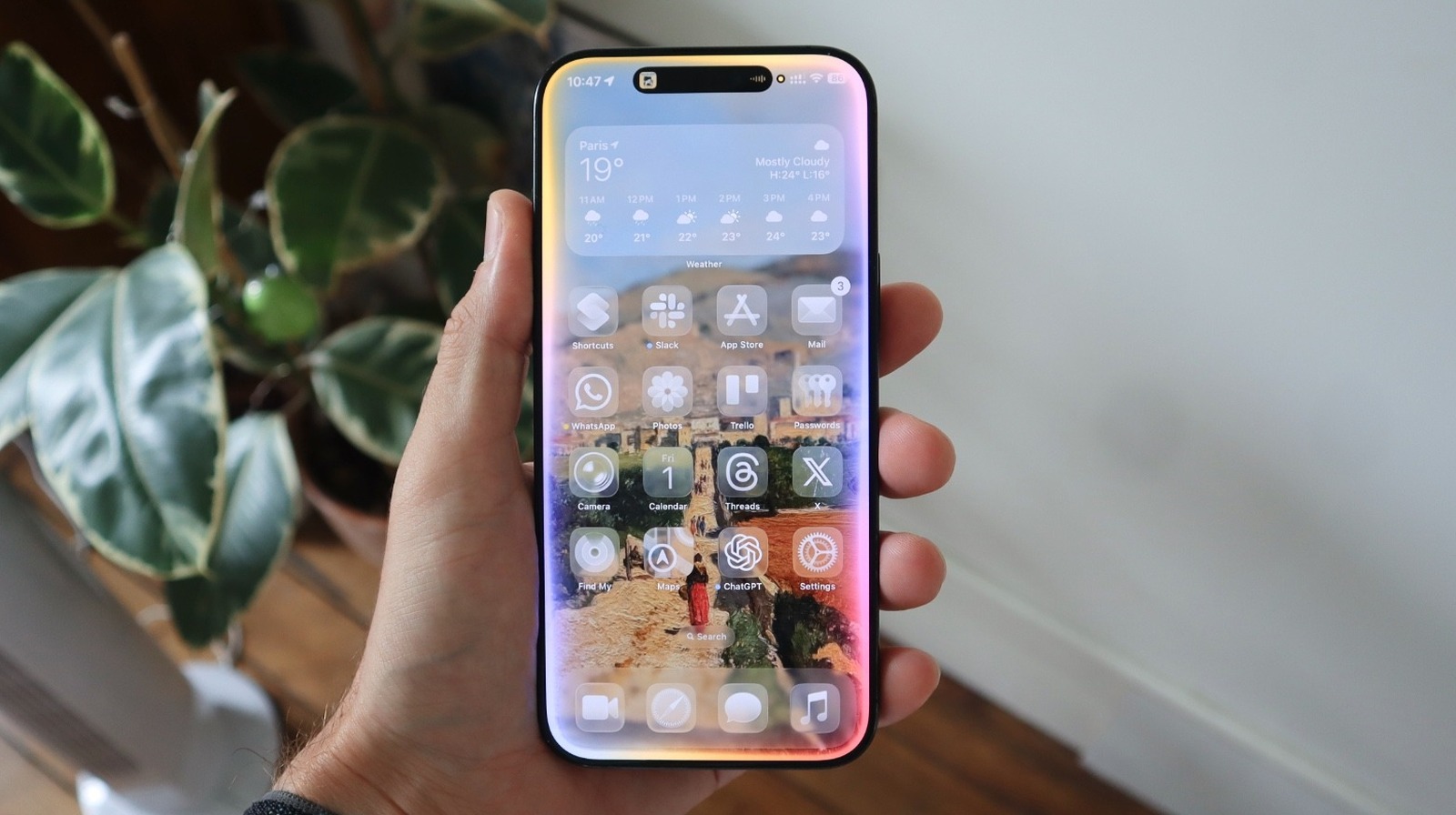While the shine of streaming services seems to be dulling right now, there’s no getting around the fact that in the long run plastic discs with movies and shows on them will probably stop being a thing.
Which might not bother the vast majority of people who like to watch movies and shows, but if you’re a bit of an enthusiast who likes the sound of a high-end home theater, it begs the question: is there any point?
High-End Home Theaters Are a Small but Mighty Niche
The home theater has always been the sign of enthusiasm for visual media like film and TV shows. For someone to purposefully design and build a home entertainment setup that tries to mimic the theater experience is anything but casual. This is something that happens at every point on the budget spectrum too. Whether you bought a cheap 5.1 surround system off eBay or you’ve remodeled a room in your home with thousands of dollars in AV equipment, the sentiment is basically the same.
At the top of this spectrum, there aren’t many customers. Which makes sense. It’s like saying there aren’t that many supercar customers. It’s a niche market, but these few well-heeled movie fans keep it going. This is the type of audience my personal holy grail Blu-ray player the Panasonic DP-UB9000P1K is aimed at.
There are several companies dedicated to making boutique home theater hardware—everything from extremely expensive cables to projectors and speakers. They cater to people who want the absolute best experience, and don’t mind paying for it.
With perhaps the notable exception of VHS, home media have generally packed in more visual and audio quality than the average TV can faithfully reproduce. Certainly, with the advent of DVD, Blu-ray, and now UHD Blu-ray discs, there’s a lot of information packed into the video and audio streams. Paired with the right TV and sound system, you’d have a hard time believing this was the same disc you watched on your Black Friday special TV set.
Basically, physical media give high-end AV equipment a lot to work with when it comes to bitrate and the richness of the information, which even helps with enhancements like upscaling where it’s very much a case of “garbage in, garbage out.”
Streaming Is a Major Quality Downgrade on High-End Equipment
While good home theater equipment can make physical media shine, when it comes to streaming content you’re basically feeding these devices empty calories. They’ll be starved for bitrate, and you’re probably not going to get appreciably better results than any mid-range OLED or mini-LED TV can offer. What makes it even worse is the variable nature of streaming, but you can get around this by downloading your streams before playing them. Unfortunately, this is generally only allowed on the mobile versions of streaming apps.
The thing is, a DVD, BD, or UHD BD disc is mastered to offer you the best quality possible within the storage confines of that disc. An expert human mastering engineer has spent many hours tweaking the encode for that release to get the most out of their storage budget. Well, the good releases are like this, at least.
The incentive with a streaming service is not to offer you the best quality possible for your available bandwidth. Whether you have 100Mbps or 1000Mbps of broadband, everyone gets the same 4K streaming, if that. The streams are optimized to offer the worst quality viewers will accept while saving the streaming platform as much money as possible.
If Streaming Is the Quality Ceiling, What’s the Point of Home Theaters?
OK, so what’s the problem? Stop complaining, and just buy your movies and shows on disc. Get that quality and everyone’s happy, right? Well, that’s what I would do if content publishers hadn’t decided to stop releasing their programs on disc. Even prestige streaming providers like Apple want nothing to do with Blu-ray. There are some exceptions, usually where Apple isn’t the sole owner of the content. Which is why you can buy some of these shows on disc, but often not within the North American region.
Regardless, if this aggressively bitrate-starved, highly-compressed video quality is the best that anyone can get, what’s the point in having high-end AV equipment? Why bother buying that expensive OLED when going ahead streams will look the same on a mid-range model?
There Might Be Light at the End of the Tunnel
As much as it pains me to say it, I don’t think physical media will be around to solve this issue in the long term. Which means the only solution is to increase the quality of streaming and digital downloads.
Now, as internet bandwidth becomes faster and cheaper, we might see streaming providers increase the quality options to match what we have with the best physical media today. A 4K UHD Blu-ray usually hovers around the 100Mbps mark when it comes to bitrate, and discs top out at 144Mbps or thereabouts, so it’s not as if fast modern internet connections couldn’t technically handle these levels of quality. Then again, you could serve about six current 4K quality streams for that same bandwidth, so the business case is hard to make.
Some companies, like Kaleidascape are trying to cater to high-end home theater owners with an all-digital solution, but I’d really like to see the likes of Netflix offer some sort of “Ultra Premium” tier for people who want the absolute best quality stream regardless of the cost. It still won’t make me happy that physical media is on life support, but at least we could still get the same quality experience.










